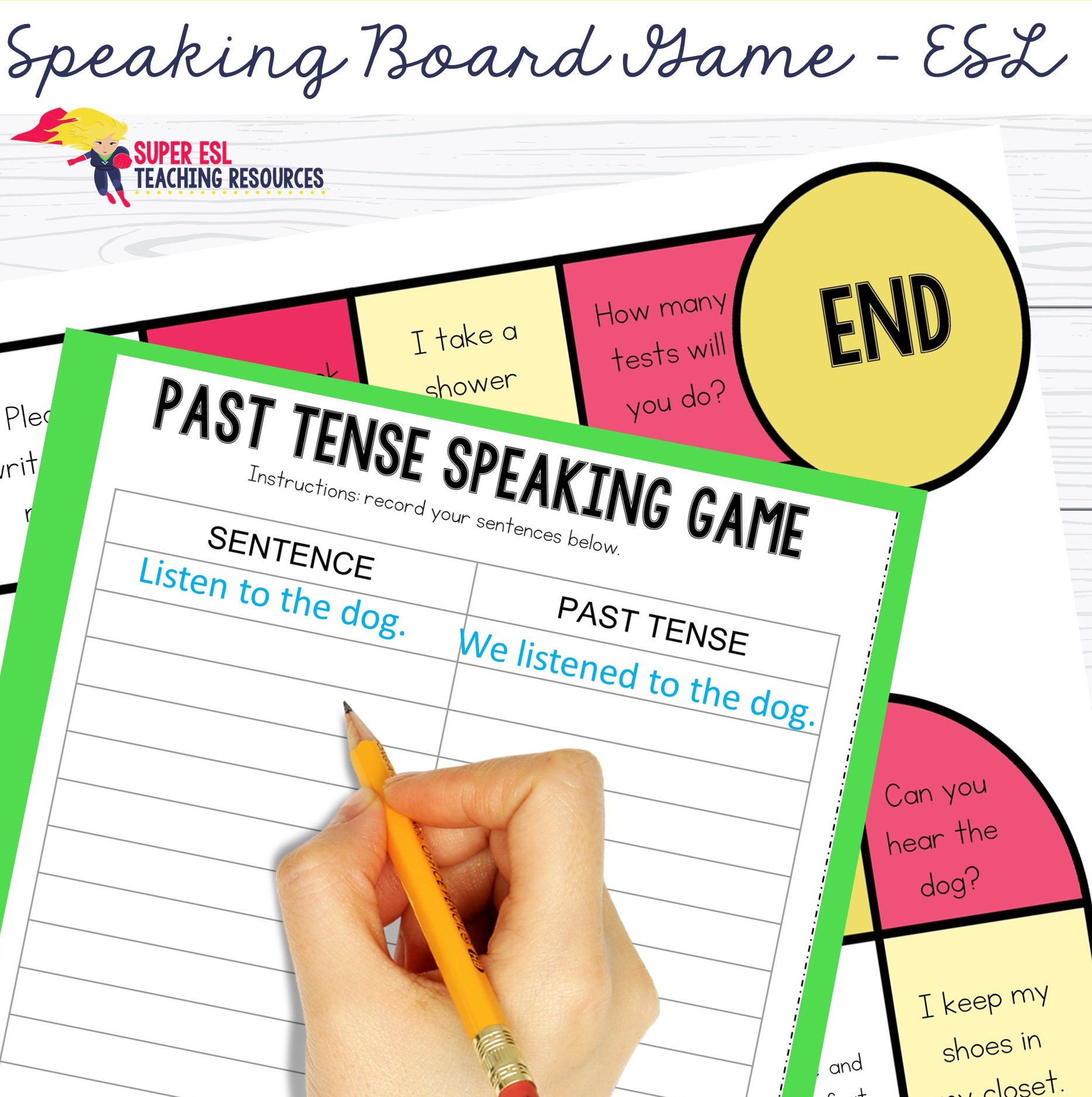

Conjugar verbo inglês teach: passado, particípio, present perfect, present continuous, past perfect, gerúndio. Sinónimos Documents Dicionário Dicionário Colaborativo Gramática Expressio. Tradução Context Corretor Sinónimos Conjugação. The simple past tense can only express actions in the past. Traduzir teach em contexto, com exemplos de utilização. “Morganucodon was an early mammal that lived with dinosaurs.” Can simple past tense express future action? “I ate cereal for breakfast this morning.” What are some examples of simple past tense? The simple past is a verb tense describing events that already happened. Simple past tense FAQs What is the simple past tense?

Were people taking lots of pictures? Common Regular Verbs in the Past Tense InfinitiveĬommon Irregular Verbs in the Past Tense Infinitive In the long run, your students will be able to do this on their own and will not need your help anymore.Was Wolfgang in a good mood after the contest? Whenever you hear any student incorrectly use the past tense in conversation, help remind them in the same way you did in the other steps. Now that the idea of using the past tense when describing pictures and when recalling past events is clear for your students, the only thing rest is everyday conversation.

Keep doing this until your students can recall past events using the correct past tense verbs. If the target student forgets, you can use the same question as you did in step two by telling him that it’s something that already happened so we have to change the word. While they are doing this, make sure they are using the past tense. While they are doing this, ensure they are using past tenses. Get some information about previous occasions like birthday celebrations, going out traveling, or recent holidays. Use past tense verbs to remember past events Keep doing this activity until your students can appropriately use the past tense to talk about the actions that are represented. Instead of “finish”, we’re going to say “finish ED”. Listen, that’s something that already happened, so we’re going to change it. Teacher: Look, she is studying! (Show second picture) Oh no! What happened? Here’s how that might sound during the activity: In learning simple past tense, both primary and secondary teachers seem to believe that there are four main difficulties encountered by students (see Table 5. Repeat the correct past tense pronunciation and use, putting a lot of emphasis on the -ed ending, and tell your students that since it’s something that already happened, you have to change the word. ‘yesterday’) before you work on the past tense of them. If not, you may want to go back and work on labeling actions ( ‘today’ vs.
#Teach past tense how to
Then, show your child the second picture and ask “What happened?” They should be able to describe the action, provided you give them enough vocabulary beforehand, that was performed, even if they don’t know how to use the past tense yet. Show your student a first picture in a sequence of events and describe what happened. Use past tense verbs as a solution to 'what happened?

There should be sufficiently reasonable distinctive elements in these photos so that your kids can determine what occurred between the two activities.Īdsense-container 2. In my diploma thesis I focused on learning and teaching grammar, specifically on. They will comprehend you 'completed' the class since there are graphical components to tell them so. A very useful idea would be an image of you and your students having a good time in class contrary to one of your empty classroom. To teach past tense effectively, you will require pictures of a wide range of occasions classroom exercises are perfect for this. The more recognizable these verbs are to your students, the simpler will be for them to comprehend thoughts, for example, 'I play football on Sundays' versus '(but) yesterday, I play ed basketball'. Make a first attempt to use verbs nearer to the kid's current circumstance ( play, talk, study) and make them down to earth. Regular verbs are a lot more straightforward to teach because there are a few - extremely graphical, without a doubt - rules educators need to remember. The main thing you should do is conclude whether you really want to teach regular or irregular past tenses. Choose affirmative regular past tense verbs to teach You can teach past tense by incorporating these exceptionally simple tips into your lesson:ġ. This can make it challenging to tell when a kid trying to describe a present or a past action. If they have any desire to discuss something that generally occurred, they will use the present since they find it difficult how to frame the past and will use verb modifiers, for example, "yesterday" or time adverbs to sort out an activity that had a start and an end. Many students find it challenging to use the past tense.


 0 kommentar(er)
0 kommentar(er)
